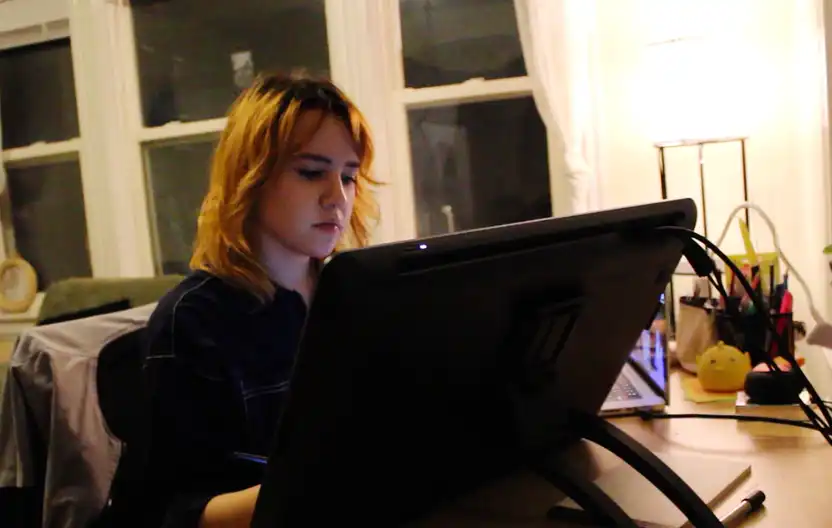What is Animation?
Animation is the art of creating the illusion of movement by displaying a sequence of static images, or frames, in rapid succession. It is a dynamic and versatile medium used across various forms of media such as film, television, video games, and online platforms. By leveraging animation, creatives can tell engaging stories, illustrate complex concepts, and bring characters or ideas to life in a visually compelling manner. The advent of digital tools and technology has made animation more accessible and diverse, pushing boundaries in terms of style, technique, and application.
Key Takeaways
- Animation creates the illusion of movement through a rapid sequence of images.
- It spans multiple industries, offering applications in entertainment, education, advertising, and more.
- Technological advancements have democratized animation, providing tools to a broad range of creators.
- Different styles include traditional, stop-motion, CGI, and 2D/3D animation.
- Animation can enhance storytelling, product visualization, and user engagement.
The Evolution of Animation
The field of animation has witnessed significant evolution since its inception in the early 1900s. Starting from hand-drawn frames in silent films to today's complex 3D animations powered by advanced computer graphics tools, each decade has introduced new techniques and technologies. Innovations like the introduction of sound, color, CGI, and motion capture have transformed the landscape of animation, allowing for more nuanced and intricate visual storytelling. Today, animation continues to evolve with virtual and augmented reality opening new dimensions for immersive experiences.
Applications of Animation in Marketing and Design
In the marketing domain, animation plays a crucial role in capturing attention and conveying messages effectively. Animated explainer videos, motion graphics in advertisements, and interactive web animations engage audiences more dynamically than static visual content. Designers also employ animation to enhance user experience (UX) through micro-interactions and transitions in digital platforms. This adaptability makes animation a valuable asset in building brand identity, boosting conversions, and creating memorable customer experiences.
Animation Techniques and Software
Various animation techniques are employed to achieve different effects, each requiring specific skills and tools. Traditional 2D animation involves drawing scenes frame by frame, while 3D animation creates a digital space where objects can move and rotate on all axes. Renowned software like Adobe Animate, Blender, Unity, and Toon Boom Harmony, provide powerful functionalities for these techniques, catering to both novice and professional animators. The choice of technique and software greatly influences the final output, aligning with the creative vision and project requirements.
The Bottom Line
Animation holds significant importance in today's digital-centric world. For businesses, incorporating animation can lead to enhanced storytelling, product comprehension, and audience engagement, ultimately driving business objectives such as conversion and retention. For marketing and design professionals, mastering animation opens up a realm of creative opportunities and career paths, as the demand for skilled animators continues to rise with the proliferation of digital media. Whether you're a client seeking to enrich multimedia projects or a designer looking to expand your skill set, understanding and leveraging the power of animation is essential in this rapidly evolving digital landscape.
















